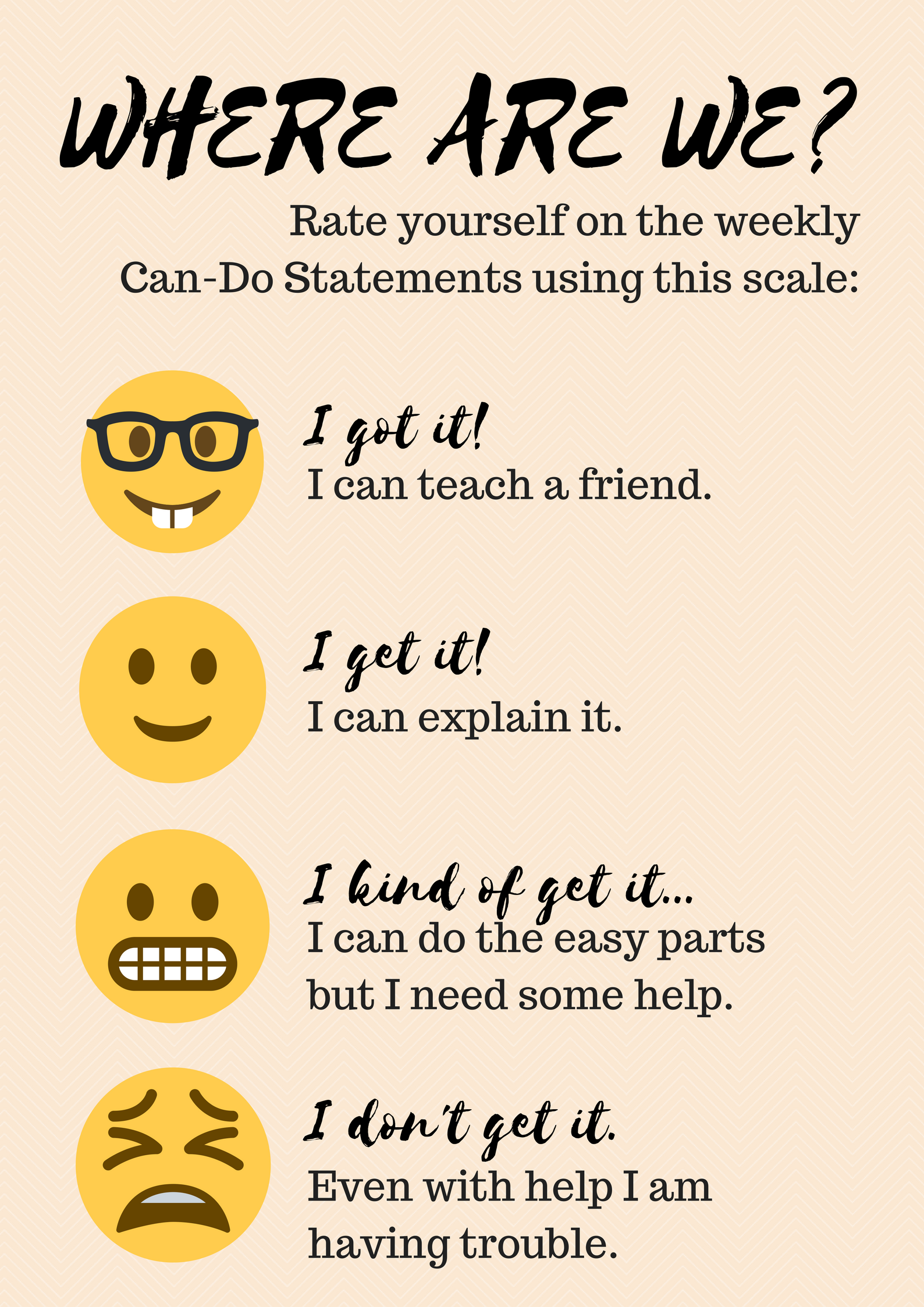People and Appearances, English Foundation, Novice High-Intermediate Mid
About the Boise State World Languages Resource Center (WLRC) Language Activity Repository
The activities provided by the Boise State World Languages Resource Center (WLRC) serve as foundational activities which can be adapted by any language and scaled up or down on the proficiency scale. In other words, the activities are “language-agnostic” to provide language instructors from around the country the platform to remix these instructional materials, infusing them with their target language and culture!
This activity was created by upper-division language students working in the World Languages Resource Center at Boise State University. Our activities seek to help students solidify their interpersonal speaking and interpretive listening skills through task-based situations or communicative activities. We recommend using these activities to help reinforce the content students are learning, allowing the students time to feel comfortable using the unit’s vocabulary and grammar structures through application. Further, these activities should be facilitated in approximately 90% (or more) in the target language, per the recommendation of the American Council on the Teaching of Foreign Languages.
Using the WLRC Repository’s Activities:
When you are ready to begin remixing the activity, in order to adapt it for your target language and audience, simply click the “Remix This Resource” button at the top of your screen. The text provided in purple is a suggestion of what you might say to your students and should be changed to the target language.
Most activities contain a connected chapter, two to three “NCSSFL-ACTFL Can-Do” statements, a warm-up, main activity, and a wrap-up. In addition to the instructions, some activities may include a “cheat sheet” containing the target vocabulary and grammar structures emphasized in the activity. Though most of the lab materials are provided, a computer, projector, printer, and laminator may also be needed to fully utilize materials.
Many of the activities include printable cards and other instructional materials. If you would like to adapt these materials for your language, please email WLRCLAR@gmail.com and we will provide you with an editable copy. For YouTube videos and other websites, hyperlinks are provided.
Enjoy!
- Boise State World Languages Resource Center
People and Appearances (Novice High-Intermediate Mid)
In this activity, students will play 'Guess Who?' in teams or individuals. They will practice asking about the appearances of people politely and try to figure out who the unknown person is.
Keywords:
people, looks, appearances, eyes, hair, nose, color, mouth, ears, Guess who, Guess, who, boy, girl, beard, blonde, brunette, male, female, man, woman, polite
Relevant NCSSFL-ACTFL Can-Do Statements:
- I can describe how someone looks.
- I can ask questions about someone's appearance.
- I can talk about people known in common politely.
Relevant ACTFL World-Readiness Standards
Communication
Standard 1.1
Students engage in conversations,
provide and obtain information, express feelings and emotions, and exchange opinions.
Materials Needed:
'Guess Who?' Game board
Warm-up
1. Begin by introducing the Can-Dos for today’s activity and spend some time to review appearances.
Relevant NCSSFL-ACTFL Can-Do Statements:
- I can describe how someone looks.
- I can ask questions about someone's appearance.
- I can talk about people known in common politely.
Take a few minutes to review the types of words they will need to know for this activity. They may open up a textbook to the specific pages. Review the different aspects of people's faces: eyes, nose, ears, hair, beard, mouth, etc. The colors that are common with faces: black, brown, blonde, red, blue, green, white, etc. And the descriptive words about features: large, small, long, wide, etc. Pay attention to the specific way the target language and related culture describe these things and the levels of politeness required.
Main Activity
- Get out the Guess Who? board and split the group into 2 teams (if multiple boards they can play in pairs)
- They will set up their boards with all the tiles up and pick one of the cards to be their mystery person. (following the instructions/rules)
- One team will start by asking a question (they can play rock paper scissors, or guess a number to decide whose first)
- The questions will be trying to weed out the people to figure out who the selected person is
- "Is it a girl? Are they wearing a hat? Does he have a beard? Do they have white hair? etc."
- Rotate teams and students to ask the questions so everyone can go.
- When the team guess the right person, they get a point and can move their slider up 1.
- Repeat the game with different characters. You may also switch up the teams or partners
Wrap-up:
Have students politely describe their teacher or other people from their class or even other people they know in common. Practice using the descriptive words to describe those people without saying anything impolite.
End of lab:
• Read Can-Do statements once more and have students evaluate their confidence.
(Use thumbs up/thumbs down or download our student cards.)
• Encourage students to be honest in their self-evaluation.
• Pay attention, and try to use feedback for future labs!
Relevant NCSSFL-ACTFL Can-Do Statements:
- I can describe how someone looks.
- I can ask questions about someone's appearance.
- I can talk about people known in common politely.

Where are we? Rate yourself on the weekly Can-Do Statements using this scale: I get it!, I got it!, I kind of get it..., I don't get it...